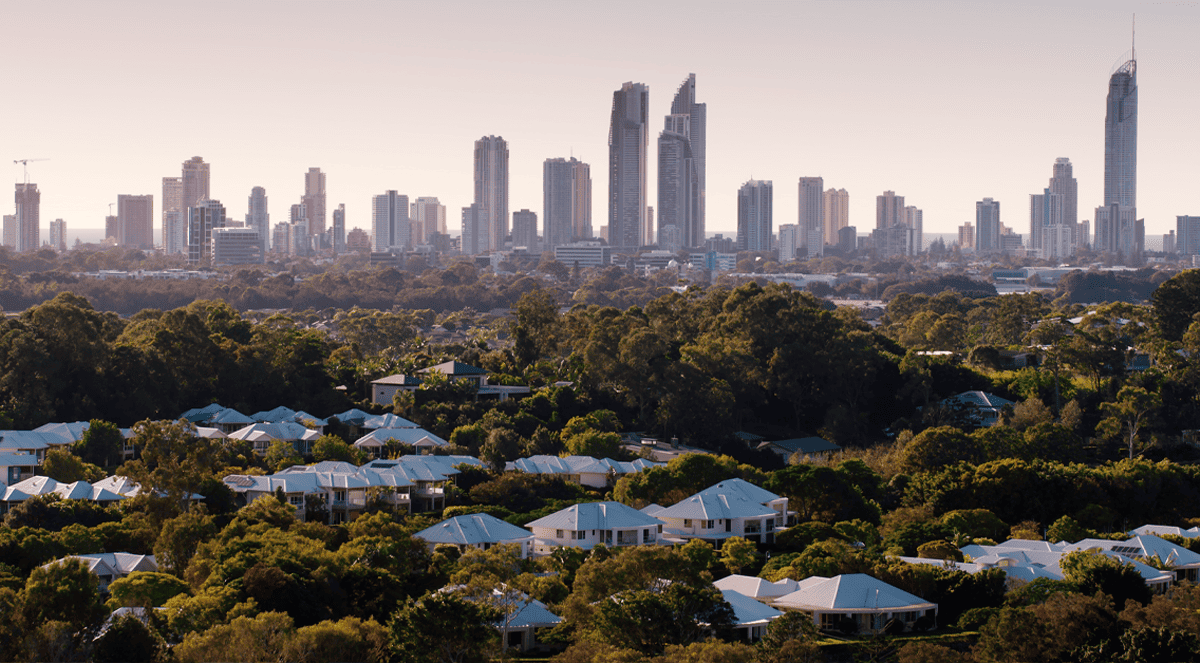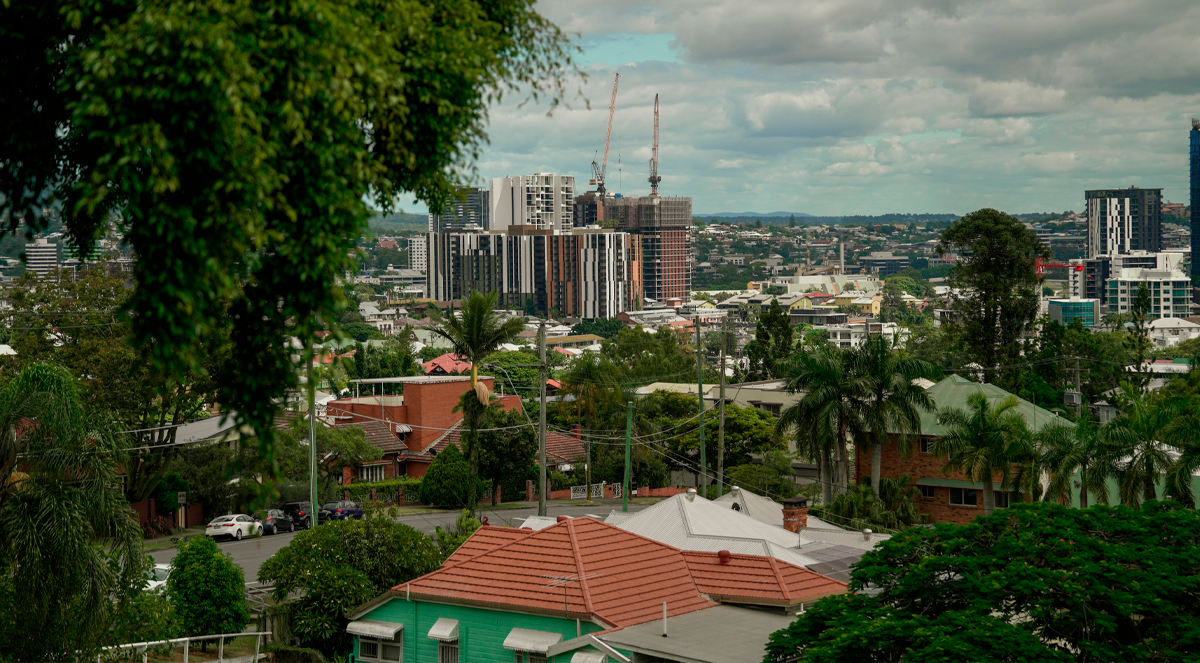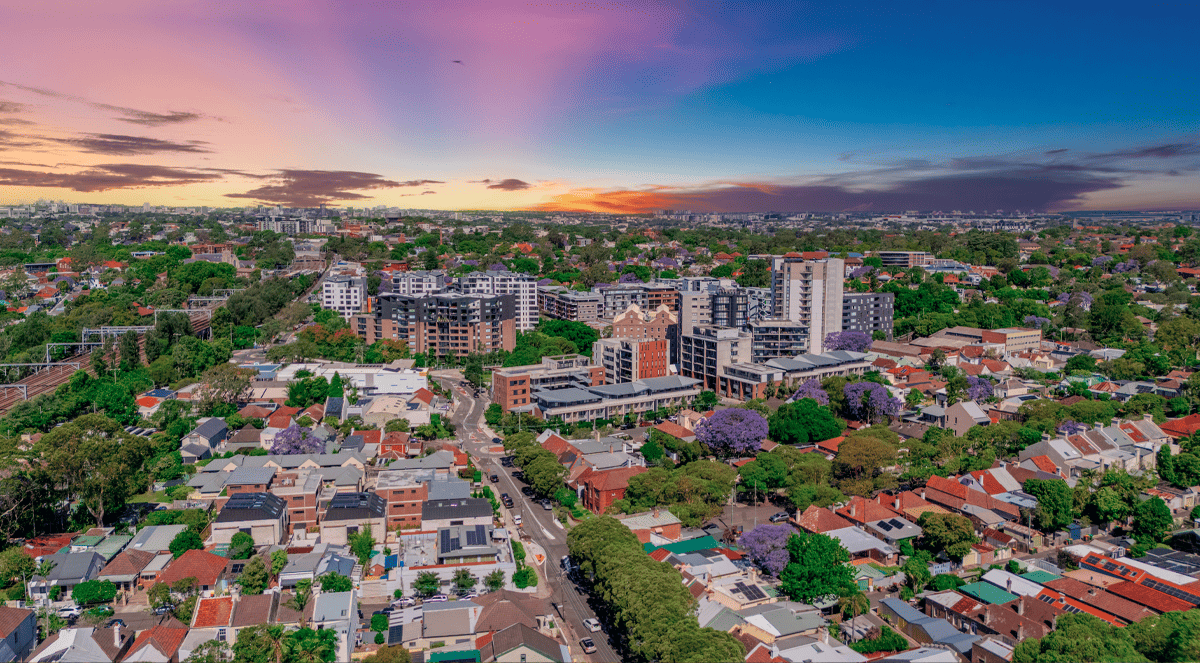
Image from NewsWire/Nikki Short
KEY POINTS
- Australian wages grew at a slower-than-expected 0.7% in the December 2024 quarter, opening the way for future rate cuts by the Reserve Bank of Australia
- Despite a recent 0.25% cut to 4.10%, RBA Governor Michele Bullock warns against expecting multiple cuts by mid-2026
- While inflation is falling, the central bank remains cautious about a tight labour market pushing wages and inflation higher
New data showing weaker-than-expected wage growth in Australia could give the Reserve Bank of Australia more reasons to continue to cut interest rates.
Bureau of Statistics Wage Price Index figures show wages fell faster than expected in the December quarter of 2024 and are continuing to soften.
Although inflation is currently falling in Australia, the Reserve Bank has expressed caution about the perceived strength of the labour market rekindling an inflation breakout.
The details
Australia’s central bank this week lowered interest rates for the first time in nearly four-and-a-half years.
The board of the Reserve Bank of Australia decided to cut the cash rate by 0.25% to 4.10%.
With Australia’s major banks pledging to pass the rate cut on in full to borrowers, the move will bring some small, although much-needed relief, to households suffering from a cost-of-living crisis and the highest mortgage interest rates in 13 years.
Less clear though is whether the RBA will continue its rate-cutting cycle, with Governor Michele Bullock warning that further cuts over the next 18 months, which had been pencilled in by financial markets before the decision, were no certainty.
“The market is expecting quite a few more interest rate cuts to the middle of next year… about three more on top of this,” she told a press conference in Sydney.
“Our feeling at the moment is that is far too confident that that’s as many rate cuts as we'll be having.”
Many analysts believe this tough talk is actually a bit of theater on the RBA Governor’s part - an attempt to stop Australians from going out and spending like crazy and driving up inflation because they think a swag of interest rate cuts is on the way.
Nevertheless, the comments had an immediate effect on money markets, which rapidly recalibrated their expectations of rate cuts in Australia - to the extent that they have now only pencilled one more full 0.25% cut by February 2026.
Tight labour market
While the central bank says it believes “inflationary pressures are easing a little more quickly than expected”, it remains cautious about Australia’s labour market, which appears to be quite strong, despite the country being in a per capita recession.
This is underlined in the bank’s latest Statement of Monetary Policy, which states that the “current pace of wage growth is not consistent with sustaining inflation at the midpoint of the target band”.
The Reserve Bank is mandated to keep inflation in a 2-3% target band, using the main weapon at its disposal - interest rates.
“Both the Statement of Monetary Policy and post (rate decision) meeting statement noted the uncertainty around how wages will respond to the current economic conditions, where GDP (economic) growth is slow, productivity growth weak, but the labour market still tight,” ANZ economists Madeline Dunk and Adam Boyton wrote in an economic note.
But the latest Wage Price Index statistics, released by the Australian Bureau of Statistics just a day after the RBA’s rate decision, show that wage growth is softening in Australia.
Seasonally adjusted, wages grew 0.7% over the December quarter of 2024.
Westpac Senior Economist Justin Smirk points out that if you go to three decimal places, wage growth in Australia over the last three months of 2024 was actually 0.654% - a tiny fraction away from being rounded down to 0.6%.
This was below market expectations (0.8%) and the lowest quarterly wage growth since the first quarter of 2022.
Wages growth also continues to soften on an annual basis, now standing at 3.2%.
Private sector wage growth came in at 3.3% year-on-year, its lowest figure since mid-2022, while Australia’s public sector also recorded its softest wage growth in two years.
While the RBA’s forecasts in the latest Statement of Monetary Policy got wage growth in the December quarter of 2024 right, the central bank is predicting that wages will re-accelerate during 2025 to 3.4% before dropping back again early next year.
This is partly based on the central bank’s own “assumption” that it will lower Australia’s cash rate to 3.6% (equivalent to two more cuts of 0.25%) by the end of the year.
Presumably, if the RBA then thinks wages are growing too quickly, it won’t meet its own “assumptions”, and deliver more rate cuts any time soon.
Justin Smirk thinks this scenario is unlikely and says Westpac isn’t changing its forecast for wage growth to fall to 3.0% by June 2025, a full 0.4% below the RBA’s forecast.
“Westpac doubts very much, even with the announced and negotiated wage increases in the public sector, that such an outcome (the RBA’s 3.4% prediction) can be achieved when we are already seeing wage inflation easing in the private sector,” he says.
MB Fund and MB Super’s Chief Strategist David Llewellyn-Smith says Westpac’s analysis illustrates that “the RBA’s wage growth outlook is ridiculous.”
The “full employment” debate
This difference of opinion plays into a broader economic debate about whether the Reserve Bank of Australia has a flawed view of the labour market.
As well as being tasked to keep inflation low, the RBA is mandated to “best contribute to” the “maintenance of full employment in Australia.”
The RBA appears to believe it can best maintain these dual goals by keeping annual inflation in a 2-3% range and unemployment at around 4.5%.
4.5% is the level at which the RBA appears to believe you can have “full employment” without contributing to inflation, what economists clumsily call the NAIRU (the non-accelerating inflation rate of unemployment).
The latest ABS Labour Force figures say unemployment was 4.1% in Australia in January 2025.
Although this is slightly higher than the December figure (4.0%), it goes some way towards explaining why the central bank remains worried about a tight labour market, where a relative shortage of workers means bosses have to offer pay rises above inflation to keep their employees.
ANZ’s Madeline Dunk and Adam Boyton say the “slowing in the annual pace of wages growth, alongside the stabilisation in the unemployment rate, reinforce our view that the non-accelerating inflation rate of unemployment (NAIRU) could be as low as 3.75% (that is, within a 3.75‒4% band).”
Let’s hope ANZ and not the Reserve Bank is right, as this could mean the difference between several interest rate cuts and just one more over the next 18 months.
Stay Up to Date
with the Latest Australian Property News, Insights & Education.




.png?width=292&height=292&name=Copy%20Link%20(1).png)
 SIGN UP FOR FREE NEWSLETTER
SIGN UP FOR FREE NEWSLETTER





.jpg?width=1920&height=1080&name=Warning%2c%20You%20Might%20Be%20Facing%20Higher%20Taxes%20Soon%20(1).jpg)





.png?width=1920&height=1080&name=Rate%20Drops%20Signal%20BIGGEST%20Property%20Boom%20in%20DECADES%20(1).png)

.jpg?width=1920&height=1080&name=Labor%20vs%20Liberal%20These%20Housing%20Policies%20Could%20Change%20the%20Property%20Market%20Forever%20(1).jpg)
.jpg?width=1920&height=1080&name=QLD%20Slashes%20Stamp%20Duty%20Big%20News%20for%20Investors%20%26%20Home%20Buyers%20(1).jpg)
.jpg?width=1920&height=1080&name=Trump%20Just%20Slapped%20Tariffs%20%E2%80%93%20Here%E2%80%99s%20What%20It%20Means%20for%20Australia%20(1).jpg)
.jpg?width=1920&height=1080&name=Federal%20Budget%202025%20More%20Debt%2c%20No%20Housing%20%E2%80%93%20Here%E2%80%99s%20What%20You%20Need%20to%20Know%20(1).jpg)
.jpg?width=1920&height=1080&name=Australias%20Housing%20Crisis%20is%20about%20to%20get%20MUCH%20Worse%20(New%20Data%20Warns).jpg)
%20(1).jpg?width=1920&height=1080&name=Australias%20RENTAL%20CRISIS%20Hits%20ROCK%20BOTTOM!%20(2025%20Update)%20(1).jpg)
%20(1).png?width=1920&height=1080&name=Is%20Adelaide%20Still%20a%20Good%20Property%20Investment%20(2025%20UPDATE)%20(1).png)
.jpg?width=1920&height=1080&name=RBA%20Shocks%20with%20Rate%20Cuts!%20What%E2%80%99s%20Next%20for%20Property%20Investors%20(1).jpg)
%20(1).jpg?width=1920&height=1080&name=I%20Predict%20The%20Feb%20Rate%20Cut%20(My%20Price%20Growth%20Prediction)%20(1).jpg)
.png?width=1920&height=1080&name=Why%20Property%20Prices%20Will%20Rise%20in%202025%20Market%20Predictions%20(1).png)
.jpg?width=1920&height=1080&name=Why%20Investors%20Are%20Choosing%20Apartments%20Over%20Houses%202%20(1).jpg)
.jpg?width=1920&height=1080&name=Why%20Rate%20Cuts%20Will%20Trigger%20A%20Property%20Boom%20(1).jpg)
.jpg?width=1920&height=1080&name=Retire%20On%202Million%20With%20One%20Property%20(Using%20SMSF).jpg)
.jpg?width=1920&height=1080&name=4%20Reasons%20Why%20You%20Should%20Invest%20in%20Melbourne%20Now%20(1).jpg)
%20(1).jpg?width=1920&height=1080&name=Old%20Property%20vs%20New%20Property%20(Facts%20and%20Figures%20Revealed)%20(1).jpg)
%20(1).jpg?width=1920&height=1080&name=Will%20The%20New%20QLD%20Govt%20Create%20a%20Property%20Boom%20or%20Bust%20(My%20Prediction)%20(1).jpg)
%20Scott%20Kuru%20(1).jpg?width=1920&height=1080&name=Inflation%20Hits%20Three-Year%20Low%20(Will%20RBA%20Cut%20Rates%20Soon)%20Scott%20Kuru%20(1).jpg)
.jpg?width=1920&height=1080&name=How%20to%20Buy%20Investment%20Property%20Through%20SMSF_%20The%20Ultimate%20Guide%20(1).jpg)
.jpg?width=1920&height=1080&name=Victoria%20Slashes%20Stamp%20Duty%20Melbourne%20Set%20to%20Boom%20Scott%20Kuru%20(1).jpg)
.png?width=1571&height=861&name=Are%20Foreign%20Buyers%20Really%20Driving%20Up%20Australian%20Property%20Prices%20(1).png)
.jpg?width=1920&height=1080&name=The%20Single%20Factor%20That%20Predicts%20Property%20Growth%20Regions%20(1).jpg)
%20Scott%20Kuru%20(1).jpg?width=1920&height=1080&name=My%20Prediction%20On%20Rates%20%26%20Negative%20Gearing%20(Market%20Crash)%20Scott%20Kuru%20(1).jpg)

-1.png?width=1920&height=1080&name=Major%20Banks%20Cut%20Rates%20Will%20RBA%20Follow%20Suit%20(Sept%20Rate%20Update)-1.png)
%20Scott%20Kuru-1.png?width=1920&height=1080&name=Rate%20Cut%20Coming%20What%20New%20Zealands%20Move%20Means%20for%20Australia%20(Sept%20Prediction)%20Scott%20Kuru-1.png)
%20(1).jpg?width=1920&height=1080&name=Buy%20when%20the%20interest%20rates%20are%20high!%20(Why%20you%20must%20buy%20now!)%20(1).jpg)
.jpg?width=1920&height=1080&name=Carms_Revised%20Taxes%20Due%20Aug%209%20YT%20Thumbnail02%20(1).jpg)
.jpg?width=1920&height=1080&name=Carms_Too%20Little%20Too%20Late%20Aug%207%20YT%20Thumbnail01%20(1).jpg)









.jpg?width=1920&height=1080&name=Carms_Rate%20Drop%20In%20July%20Jun%2010%20YT%20Thumbnail02%20(1).jpg)
.jpg?width=1920&height=1080&name=Carms_Own%20a%20Property%20V6%20Jun%205_YT%20Thumbnail%20(1).jpg)









.png?width=1920&height=1080&name=Artboard%201%20(3).png)






.jpg?width=1920&height=1080&name=YT%20thumbnail%20%20(1).jpg)

